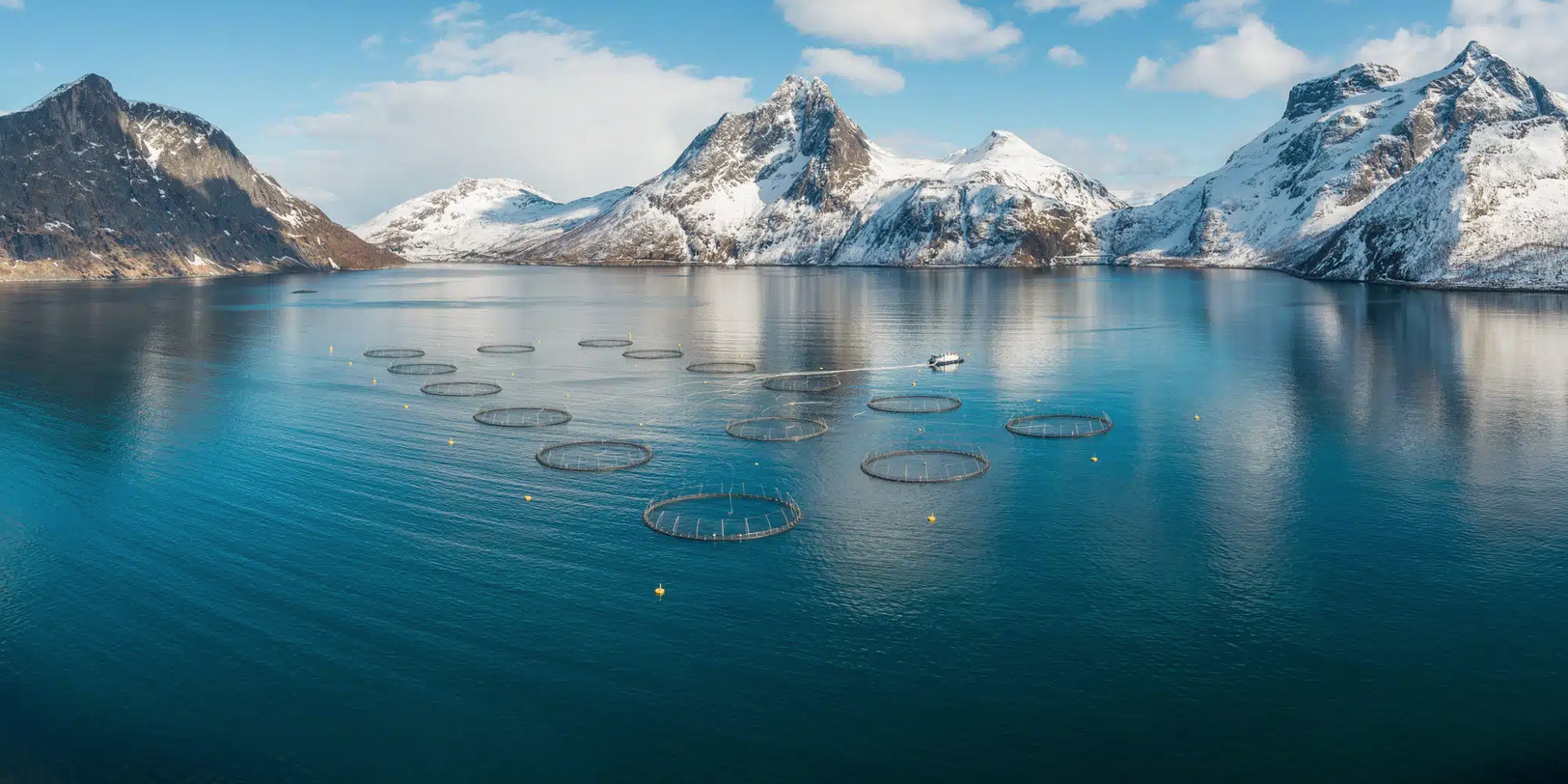SalMar warns of lower price achievement

SalMar, the world’s second largest Atlantic salmon farmer, has announced an increased 2024 first quarter harvest – but it says biological challenges have hit average weight and quality.
The group harvested 52,900 tonnes during the January to March period against 49,800 tonnes in the same period last year.
It also said that the influences of pearl normanets (string jellyfish) has meant that there is a reduced proportion of “superior” quality, and lower average weight, for the fish harvested in Northern Norway during the period.
In December SalMar said it had to prematurely destroyed around 600,000 fish as a direct result of jellyfish attacks, leading to lower 2023 harvests. Jellyfish have now become a serious problem for other Norwegian salmon companies.
The total harvest is made up as follows (Q1 2023 totals in brackets):
- Farming Central Norway 27,800 tonnes (22,200 tonnes);
- Farming Northern Norway 17,500 tonnes (19,800 tonnes);
- SalMar Aker Ocean (offshore) 4,800 tonnes; and
- Icelandic Salmon 2,800 tonnes (6,600 tonnes).
The full Q1 report will also include the output from Scottish Sea Farms (known in Norway as Norskott Havbruk), in which SalMar owns a half share.
In February SalMar said Scottish Sea Farms was turning the corner with its biological problems.
The group has also recently announced an ambitious new research initiative with feed producer Cargill to bring various players in the salmon industry together.
Called the Salmon Living Lab, the move will lead to the construction of an innovation and research and development centre.
The full Q1 report will be published on 14 May.

